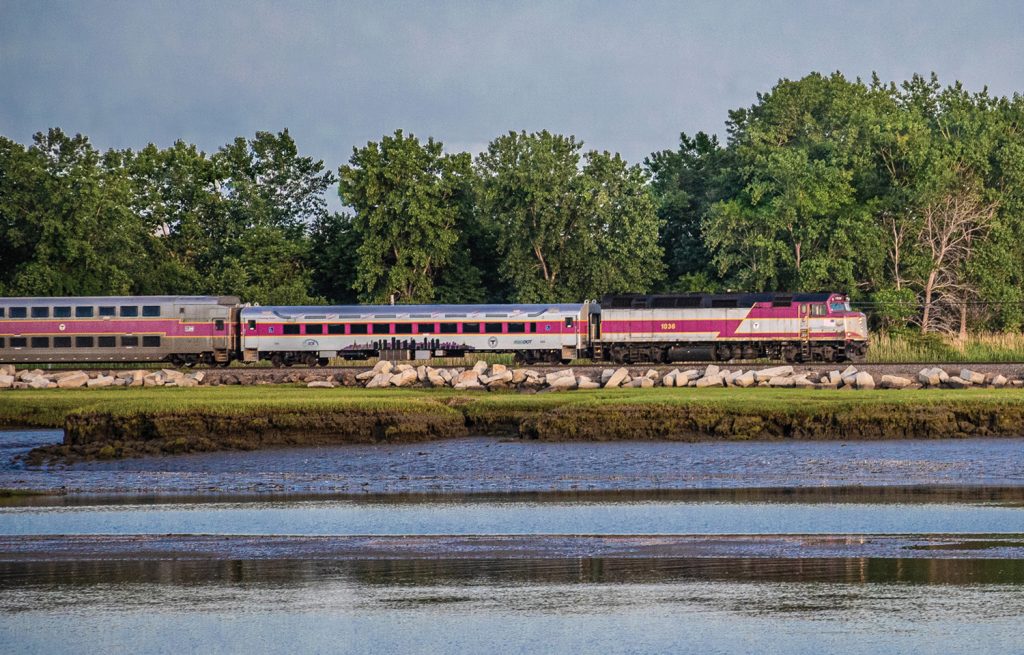Keolis and MBTA Launch Renewable Diesel Pilot to Reduce Emissions
By Abdellah Chajai | 7/1/2025
ABDELLAH CHAJAI
CEO and General Manager
Keolis Commuter Services

The climate crisis is the biggest challenge facing our planet, and leaders like Governor Maura Healey in Massachusetts are calling on us all to meet the moment with urgency and innovation.
The MBTA commuter rail system that Keolis operates and maintains runs on diesel locomotives over nearly 400 route miles. Our role is to get people out of their cars and out of Boston’s legendary traffic and onto public transit, but that isn’t enough.
Keolis is committed to the long-term vision of decarbonizing MBTA’s commuter rail network, partnering with the agency to bring Battery-Electric Multiple Units into service by 2028, but we cannot lose sight of the impactful things we can and should do right now to reduce emissions. That’s why, in April of 2025, MBTA and Keolis launched a renewable diesel fuel pilot.
Renewable diesel immediately reduces emissions by at least 70 percent, which is a win for our planet and the communities in the commuter rail service area. The renewable diesel is made primarily with Hydrotreated Vegetable Oil (HVO) and the same type of fuel is already in use to operate similar locomotives in Southern California’s MetroLink network, and in some U.S. freight railroads. Due to New England’s slightly less temperate climate than California, we are studying the performance of the fuel over the next six months.

Currently, Keolis utilizes up to 3,000 gallons of renewable diesel per day—about 10 percent of the fuel consumed across the network—and crews have seen steady locomotive performance so far. At the end of the pilot, Keolis and MBTA will evaluate the performance of the renewable diesel and decide whether usage will be expanded to other locations across the system.
When it comes to transportation emissions, it’s going to take more than one solution to meet the moment, and railroad operators are studying new ways to reduce their carbon footprint. Alternative fuels, traditional electrification using catenary systems, bimodal locomotives, and battery technology are all in various stages of adoption by commuter railroads. There is no one-size-fits-all approach, and we have an incredible opportunity to learn from each other.
As ridership returns to pre-pandemic levels, getting people out of their cars has been an important first step in reducing emissions. Renewable diesel presents a great opportunity to take the next step and significantly reduce emissions quickly and affordably while we look to the future of zero-emissions systemwide.